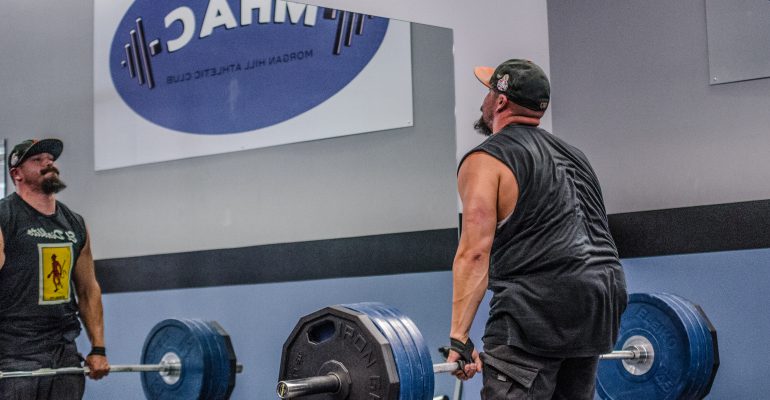

This additional volume results in an enhanced muscle size for a period of hours. If you’re working with a client or teaching a class late in the day on Thursday, Friday or Saturday you can leave your clients or students with a nice little pump for any weekend social outings.
A proper drop set to complete fatigue can cause discomfort and potentially lead to delayed-onset muscle soreness (DOMS). Some clients can interpret DOMS as pain, which may provide a reason to stop working with a personal trainer. Physiological change is the result of the body performing more work than it is capable of, and the role of a personal trainer is to help clients become accustomed to being uncomfortable so they can experience results from exercise. If you use drop sets with your clients, prepare them for DOMS and offer them some recovery strategies that can help mitigate post-workout discomfort.
Drop sets can be performed with dumbbells, barbells, fixed-bar weights or machines:
- When using dumbbells, start with one pair and perform as many reps as possible. As soon as fatigue occurs, return the dumbbells to the rack and grab the next lightest pair.
- Barbells and weight plates can also be used, but it takes longer to adjust the amount of resistance. Once fatigue is reached with a barbell, set it down, remove one plate from each side of the bar and continue working. It is recommended to load the bar with smaller weights (such as 25-, 10- or 5-pound plates) to provide more opportunity for continuing to exercise.
- Fixed-bar weights are usually kept in a triangle-shaped rack, with the heaviest weights on the bottom and the lighter weights toward the top. Fixed-bar weights combine the benefits of using a barbell with the ease of transitioning from one weight to another offered by dumbbells. Simply set the weight in the rack and grab the next (lighter) weight above.
- Weight machines are the easiest to perform drop sets with because it is easy to quickly move the pin from one place in the stack to another.
